The countdown of the Vikram hovered at 150 metres, then 130 metres, 50 metres and decelerated as approached the moon`s service before finally touching down on the lunar surface.
As India scripted history on Wednesday with the Chandryaan-3 successfully performing a soft landing on the moon, bringing the cheer to a billion hearts and propelling India to the elite space club and making it the first country to land on the uncharted surface.
- The success of Chandrayaan-3 has every Indian over the moon, India's Moon mission Chandrayaan-3 touched down on the lunar south pole at 6.04 pm on Wednesday.
- India has become the first country to land on the lunar south pole, propelling the country to an exclusive club of four and making it the first country to land on the uncharted surface
- The countdown of the Vikram hovered at 150 metres, then 130 metres, 50 metres and decelerated as approached the moon`s service before finally touching down on the lunar surface.
- As the Vikram lander carrying the Pragyaan rover in its belly touched down on the lunar surface, it marked a giant leap in India’s spacefaring journey providing a well-deserved finale to ISRO’s long years of toil.
- "Thanks to everyone for your prayers, excitement and love for the nation. This success is dedicated to all of you. The next mission is Gaganyaan (human space flight). We are targeting to have it in September or in the first week of October," said ISRO chief S Somanath.
- "India is on the moon!" Prime Minister Narendra Modi who is currently attending the 15th BRICS Summit in Johannesburg said. He watched the live telecast and as soon as the touchdown happened he sported a big smile and waved the tricolour.
- The successful lunar landing by the Indian Space Research Organisation (ISRO) came a day after a Russian lander — Luna-25 — crashed on the lunar surface during descent.
- The scheduled timing for the soft landing of Chandrayaan-3 on the moon’s south pole on August 23, 2023 (Wednesday), was 18:04 IST, with the powered descent of Vikram lander at 1745 IST.
- ISRO had been releasing a series of up-close images of the moon, assisting the lander module in determining its position (latitude and longitude) by matching them against an onboard moon reference map.
- A GSLV Mark 3 (LVM 3) heavy-lift launch vehicle was used for the launch of the spacecraft that was placed in the lunar orbit on August 5 and since then it was through a series of orbital manoeuvres been lowered closer to the moon’s surface. Ever since the July 14 launch, ISRO had been maintaining that the health of the spacecraft remained “normal”.
- On August 5, Chandrayaan-3 was successfully inserted into the lunar orbit with multiple key manoeuvres thereafter. Then on August 17, the mission marked another giant leap in its lunar quest as the `Vikram` lander module of the spacecraft successfully separated from the propulsion module on Thursday.
- The Chandrayaan-3 mission`s lander is named after Vikram Sarabhai (1919–1971), who is widely regarded as the father of the Indian space programme. Then the deboosting of the Lander module was undertaken in two phases.
- Deboosting is the process of slowing down to position itself in an orbit where the orbit`s closest point to the Moon is. The stated objectives of Chandrayaan-3, India`s third lunar mission, were safe and soft landing on the lunar surface, the rover moving on the moon`s surface, and in-situ scientific experiments.
- The spacecraft was launched from the Satish Dhawan Space Centre in Andhra Pradesh’s Sriharikota on July 14.Indian Space Research Organisation (ISRO) founder Vikram Sarabhai, who is considered the father of the Indian space program, once said India must be second to none in the application of advanced technologies to the real problems facing society.
- The establishment of the ISRO was one of Vikram Sarabhai`s greatest achievements. He successfully convinced the government of the day of the importance of a space programme for a developing country like India.
- PM Modi on Wednesday dialled ISRO chairman S Somanath from South Africa`s Johannesburg to congratulate him and said he would soon visit them in Bengaluru to greet the entire team in person."Somnath Ji, your name is Somnath, which is associated with the moon, and therefore your family members will also be very happy today. Many many congratulations to you and your entire team from my side," PM Modi said in the telephone conversation. "Please convey my greetings to everyone. If possible, I would personally greet you very soon," he further said.
- NASA Administrator Bill Nelson on Wednesday congratulated ISRO on the successful soft landing of Chandrayaan-3. He also hailed the India-US partnership on Artemis Accords which aims to establish a common vision via a practical set of principles, guidelines, and best practices.“Congratulations @isro on your successful Chandrayaan-3 lunar South Pole landing! And congratulations to #India on being the 4th country to successfully soft-land a spacecraft on the Moon. We’re glad to be your partner on this mission!” NASA Administrator Bill Nelson said on X (formerly Twitter).
- The LM comprising the lander (Vikram) and the 26 kg rover (Pragyan), made the soft landing near the south polar region of the Moon this evening.
- Noting that this is the work of a generation of ISRO's leadership and scientists, Somanath said, "This is the journey we started with Chandrayaan-1, continued in Chandrayaan-2 and Chandrayaan-2 craft is still working and doing lot of communication work with us-- and all the team that contributed to building Chandrayaan-1 and 2 should be remembered and thanked, while we celebrate Chandrayaan-3."
- Not all these missions were successful in their first attempts, with the then USSR succeeding in making a lunar impact on its sixth space flight. The Luna-2 mission of the Soviet Union crashed on the moon on September 14, 1959, making it the first human-made object to hit another celestial body.
- NASA tasted success in the lunar missions on July 31, 1964, after 13 failed attempts to crash land on the moon.
- NASA's Ranger 7 was a major turning point in the race to the moon as it sent back 4,316 images before crashing into the lunar surface. The photographs helped identify safe Moon landing sites for Apollo astronauts.
- China's Chang'e Project started with orbiter missions to the moon, which generated detailed maps of the lunar surface to identify future sites for soft landings. The Chang'e 3 and 4 missions launched on December 2, 2013 and December 7, 2018 respectively made a soft landing on the lunar surface and operated rovers to explore the moon. The Chang'e 5 mission was launched on November 23, 2020, landed near the Mons Rumker volcanic formation on the Moon on December 1 and returned to Earth with two kilograms of lunar soil on December 16, the same year.
- India's lunar missions began with the launch of Chandrayaan 1 on October 22, 2008 that put a spacecraft in a 100 km circular orbit around the moon.
- The spacecraft made 3,400 orbits around the Moon at a height of 100 km from the lunar surface and prepared a chemical, mineralogical and photo-geologic mapping of the Moon. The orbiter mission, which had a mission life of two years, was, however, prematurely aborted after communication with the spacecraft was lost on August 29, 2009.
- A decade later, Chandrayaan-2, comprising an orbiter, lander and rover, was successfully launched on July 22, 2019. The objectives of the country's second mission to the Moon were scientific studies by payloads onboard the orbiter, and technology demonstration of soft landing and roving on the lunar surface. The space-craft crash landed on the moon on September 6, 2019 due to a software glitch.
(with inputs from ANI)
![submenu-img]() Ramesh Awasthi: Kanpur's 'Karma Yogi' - Know inspirational journey of 'common man' devoted for society
Ramesh Awasthi: Kanpur's 'Karma Yogi' - Know inspirational journey of 'common man' devoted for society![submenu-img]() Tovino Thomas accused of stopping his film Vazhakku's release by director Sanal Kumar Sasidharan: 'The agenda of...'
Tovino Thomas accused of stopping his film Vazhakku's release by director Sanal Kumar Sasidharan: 'The agenda of...'![submenu-img]() PM Modi wears turban, serves langar at Gurudwara Patna Sahib in Bihar, watch
PM Modi wears turban, serves langar at Gurudwara Patna Sahib in Bihar, watch![submenu-img]() Anil Ambani’s debt-ridden Reliance’s ‘buyer’ now waits for RBI nod, wants Rs 80000000000…
Anil Ambani’s debt-ridden Reliance’s ‘buyer’ now waits for RBI nod, wants Rs 80000000000…![submenu-img]() Man in bizarre jeans dances to Tinku Jiya in crowded metro, viral video makes internet furious
Man in bizarre jeans dances to Tinku Jiya in crowded metro, viral video makes internet furious![submenu-img]() Maharashtra Board HSC, SSC Results 2024: MSBSHSE class 10, 12 results soon at mahresult.nic.in, latest update here
Maharashtra Board HSC, SSC Results 2024: MSBSHSE class 10, 12 results soon at mahresult.nic.in, latest update here![submenu-img]() Meet IIT-JEE topper who passed JEE Advanced with AIR 1, decided to drop out of IIT due to…
Meet IIT-JEE topper who passed JEE Advanced with AIR 1, decided to drop out of IIT due to…![submenu-img]() Meet IPS Idashisha Nongrang, who became Meghalaya's first woman DGP
Meet IPS Idashisha Nongrang, who became Meghalaya's first woman DGP![submenu-img]() CBSE Results 2024: CBSE Class 10, 12 results date awaited, check latest update here
CBSE Results 2024: CBSE Class 10, 12 results date awaited, check latest update here![submenu-img]() Meet man, who was denied admission in IIT due to blindness, inspiration behind Rajkummar Rao’s film, now owns...
Meet man, who was denied admission in IIT due to blindness, inspiration behind Rajkummar Rao’s film, now owns...![submenu-img]() DNA Verified: Is CAA an anti-Muslim law? Centre terms news report as 'misleading'
DNA Verified: Is CAA an anti-Muslim law? Centre terms news report as 'misleading'![submenu-img]() DNA Verified: Lok Sabha Elections 2024 to be held on April 19? Know truth behind viral message
DNA Verified: Lok Sabha Elections 2024 to be held on April 19? Know truth behind viral message![submenu-img]() DNA Verified: Modi govt giving students free laptops under 'One Student One Laptop' scheme? Know truth here
DNA Verified: Modi govt giving students free laptops under 'One Student One Laptop' scheme? Know truth here![submenu-img]() DNA Verified: Shah Rukh Khan denies reports of his role in release of India's naval officers from Qatar
DNA Verified: Shah Rukh Khan denies reports of his role in release of India's naval officers from Qatar![submenu-img]() DNA Verified: Is govt providing Rs 1.6 lakh benefit to girls under PM Ladli Laxmi Yojana? Know truth
DNA Verified: Is govt providing Rs 1.6 lakh benefit to girls under PM Ladli Laxmi Yojana? Know truth![submenu-img]() Remember Harsh Lunia? Just Mohabbat child star, here's how former actor looks now, his wife is Bollywood's popular...
Remember Harsh Lunia? Just Mohabbat child star, here's how former actor looks now, his wife is Bollywood's popular...![submenu-img]() Mother's Day 2024: Bollywood supermoms who balance motherhood, acting, and run multi-crore businesses
Mother's Day 2024: Bollywood supermoms who balance motherhood, acting, and run multi-crore businesses![submenu-img]() Rocky Aur Rani's Golu aka Anjali Anand shocks fans with drastic weight loss without gym, says fitness secret is...
Rocky Aur Rani's Golu aka Anjali Anand shocks fans with drastic weight loss without gym, says fitness secret is...![submenu-img]() In pics: Ram Charan gets mobbed by fans during his visit to Pithapuram for ‘indirect campaign’ for uncle Pawan Kalyan
In pics: Ram Charan gets mobbed by fans during his visit to Pithapuram for ‘indirect campaign’ for uncle Pawan Kalyan![submenu-img]() Streaming This Week: Yodha, Aavesham, Murder In Mahim, Undekhi season 3, latest OTT releases to binge-watch
Streaming This Week: Yodha, Aavesham, Murder In Mahim, Undekhi season 3, latest OTT releases to binge-watch![submenu-img]() Haryana Political Crisis: Will 3 independent MLAs support withdrawal impact the present Nayab Saini led-BJP government?
Haryana Political Crisis: Will 3 independent MLAs support withdrawal impact the present Nayab Saini led-BJP government?![submenu-img]() DNA Explainer: Why Harvey Weinstein's rape conviction was overturned, will beleaguered Hollywood mogul get out of jail?
DNA Explainer: Why Harvey Weinstein's rape conviction was overturned, will beleaguered Hollywood mogul get out of jail?![submenu-img]() What is inheritance tax?
What is inheritance tax?![submenu-img]() DNA Explainer: What is cloud seeding which is blamed for wreaking havoc in Dubai?
DNA Explainer: What is cloud seeding which is blamed for wreaking havoc in Dubai?![submenu-img]() DNA Explainer: What is Israel's Arrow-3 defence system used to intercept Iran's missile attack?
DNA Explainer: What is Israel's Arrow-3 defence system used to intercept Iran's missile attack?![submenu-img]() Tovino Thomas accused of stopping his film Vazhakku's release by director Sanal Kumar Sasidharan: 'The agenda of...'
Tovino Thomas accused of stopping his film Vazhakku's release by director Sanal Kumar Sasidharan: 'The agenda of...'![submenu-img]() Ratna Pathak Shah calls Guru Dutt and Bimal Roy's films 'offensive', says, 'women are constantly...'
Ratna Pathak Shah calls Guru Dutt and Bimal Roy's films 'offensive', says, 'women are constantly...'![submenu-img]() Shreyas Talpade recalls how he felt bad when his film Kaun Pravin Tambe did not release in theatres: 'It deserved...'
Shreyas Talpade recalls how he felt bad when his film Kaun Pravin Tambe did not release in theatres: 'It deserved...'![submenu-img]() Anup Soni slams his deepfake video from Crime Patrol, being used to promote IPL betting
Anup Soni slams his deepfake video from Crime Patrol, being used to promote IPL betting![submenu-img]() Real story that inspired Heeramandi: The tawaif who helped Gandhi fight British Raj, was raped, abused, died in...
Real story that inspired Heeramandi: The tawaif who helped Gandhi fight British Raj, was raped, abused, died in...![submenu-img]() Man in bizarre jeans dances to Tinku Jiya in crowded metro, viral video makes internet furious
Man in bizarre jeans dances to Tinku Jiya in crowded metro, viral video makes internet furious![submenu-img]() Lift collides with roof in Noida society after brakes fail, 3 injured
Lift collides with roof in Noida society after brakes fail, 3 injured![submenu-img]() Zomato CEO Deepinder Goyal invites employees' moms to office for Mother's Day celebration, watch
Zomato CEO Deepinder Goyal invites employees' moms to office for Mother's Day celebration, watch![submenu-img]() This clip of kind woman feeding rotis to stray cows will bring tears of joy to your eyes, watch
This clip of kind woman feeding rotis to stray cows will bring tears of joy to your eyes, watch![submenu-img]() Viral video: Seagull swallows squirrel whole in single go, internet is stunned
Viral video: Seagull swallows squirrel whole in single go, internet is stunned
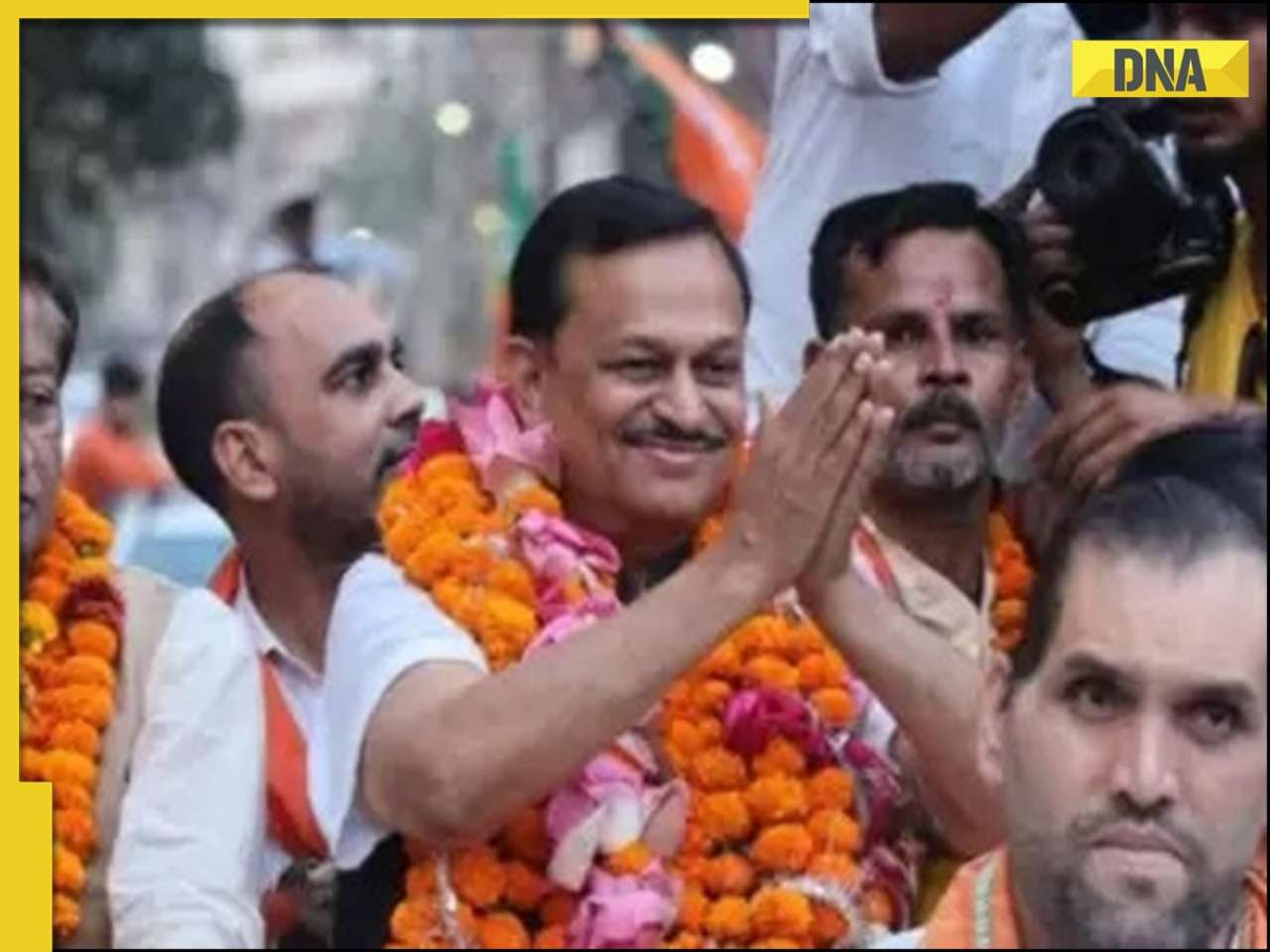

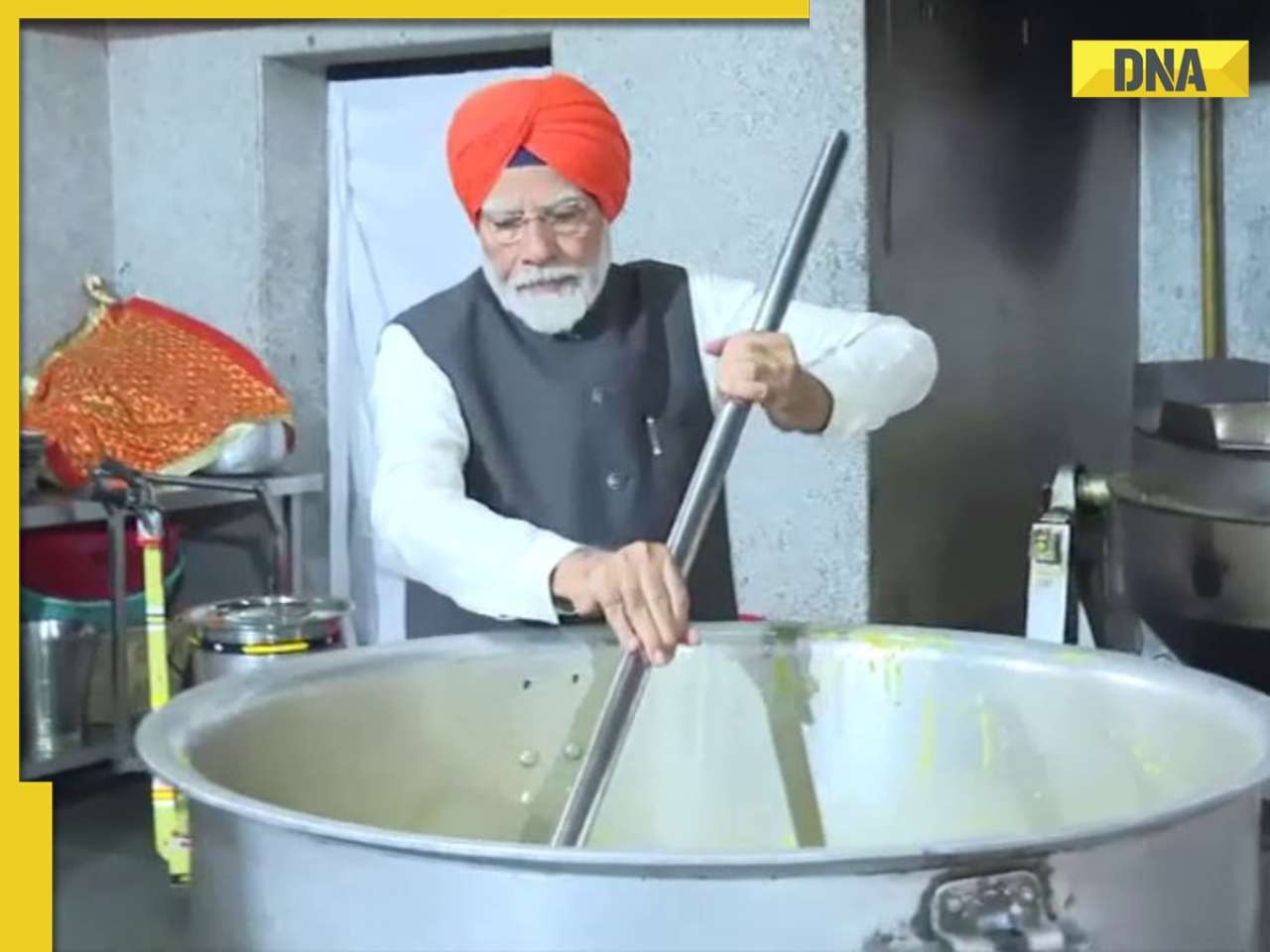
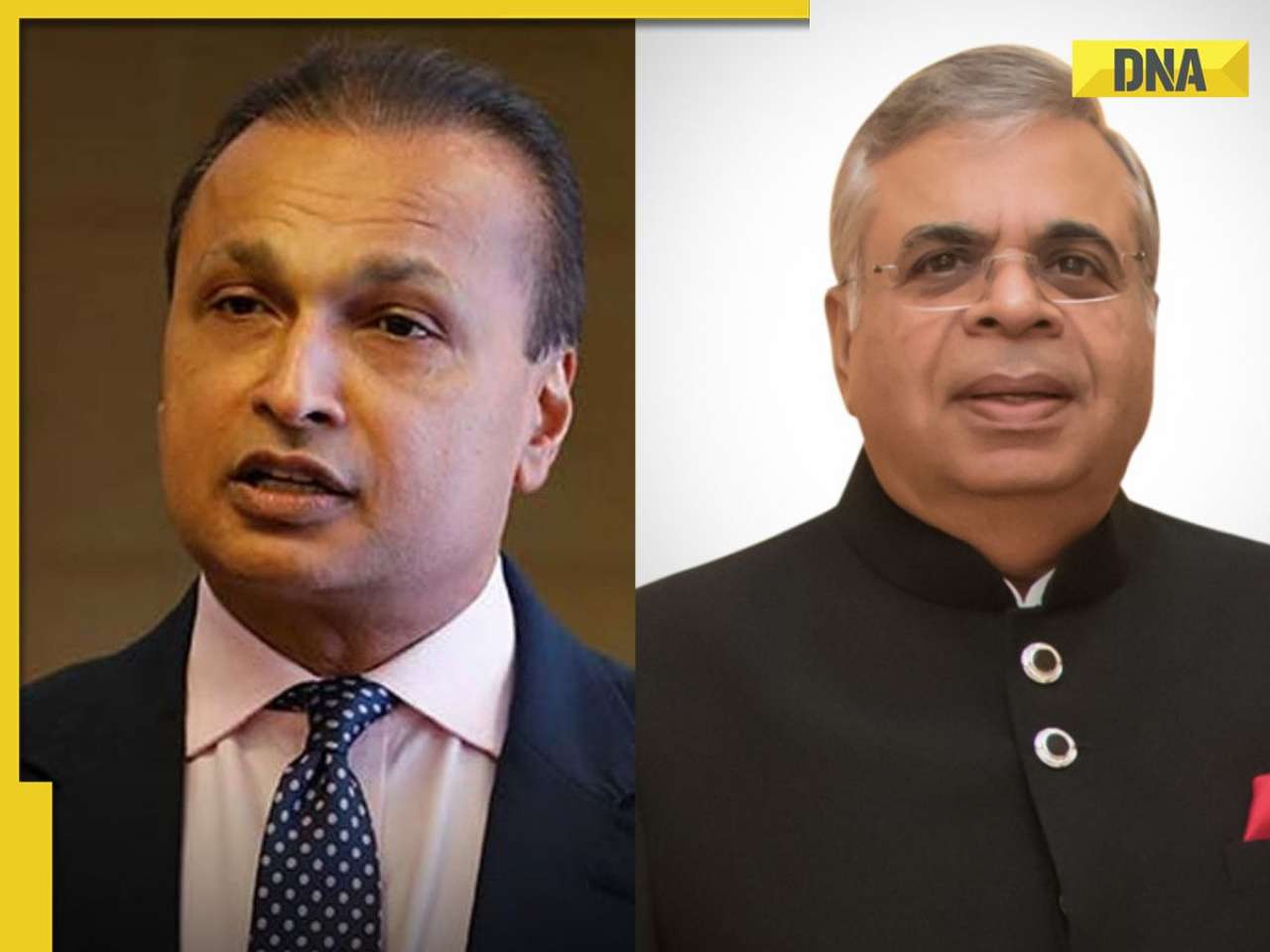






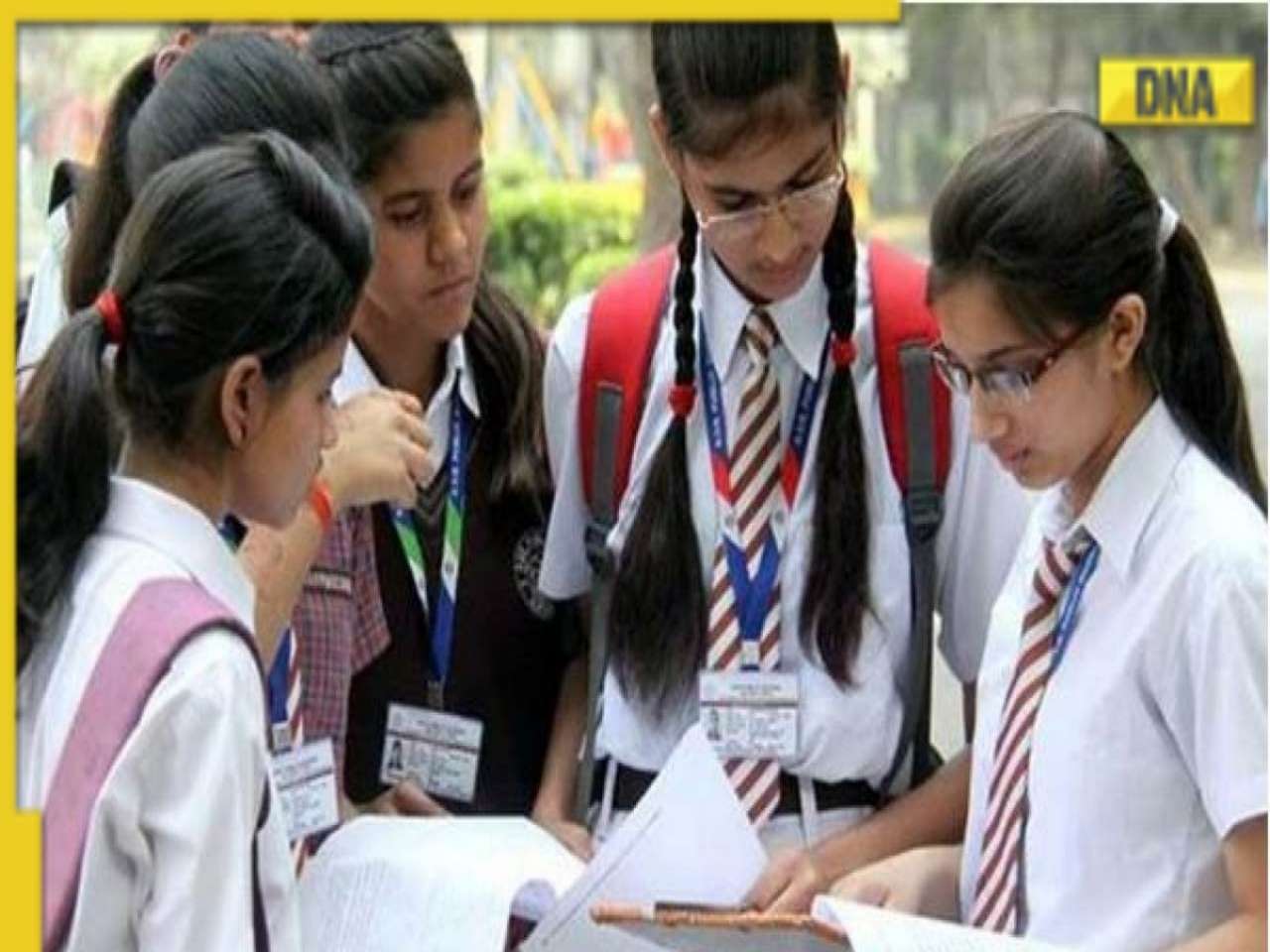


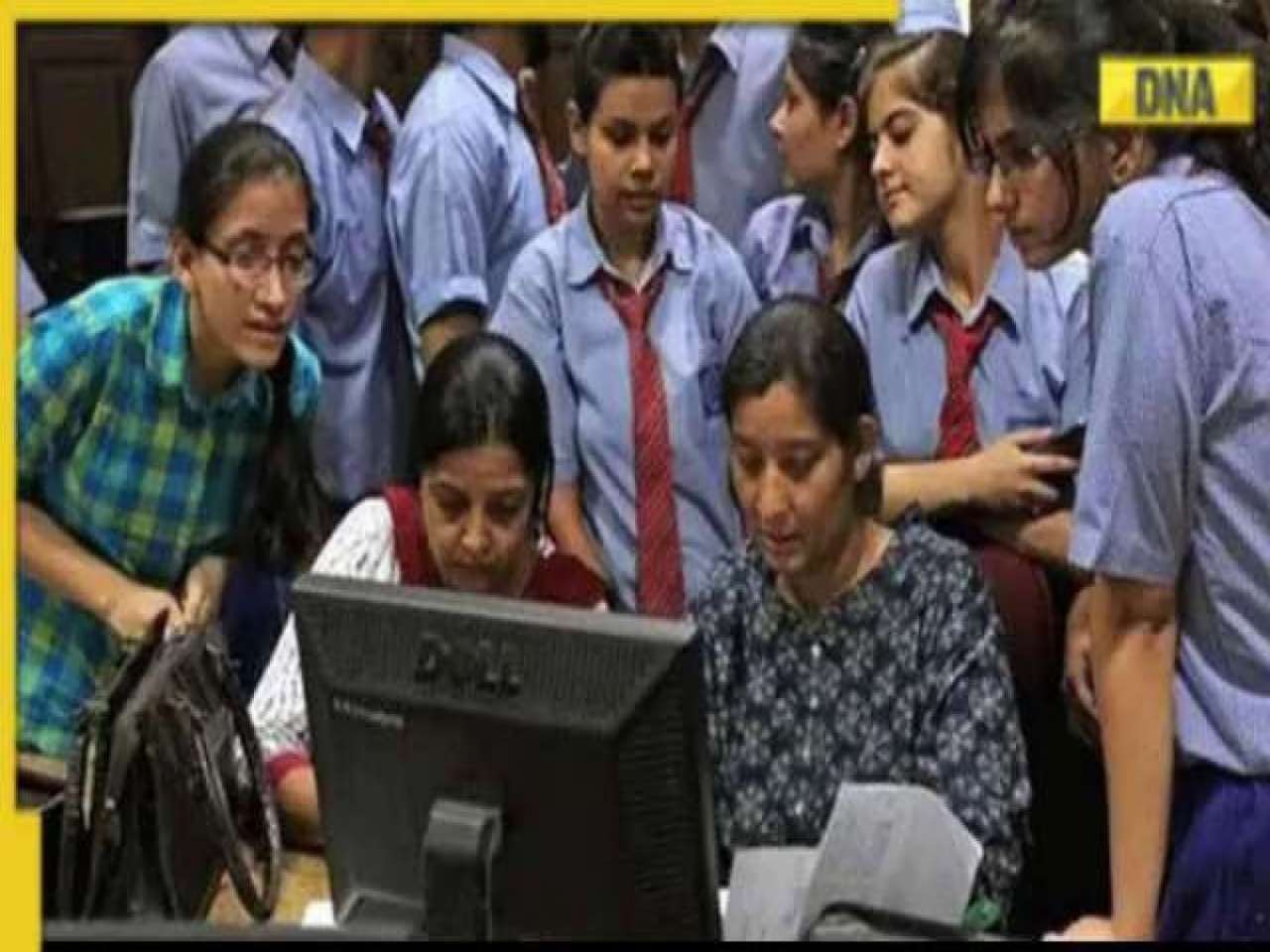
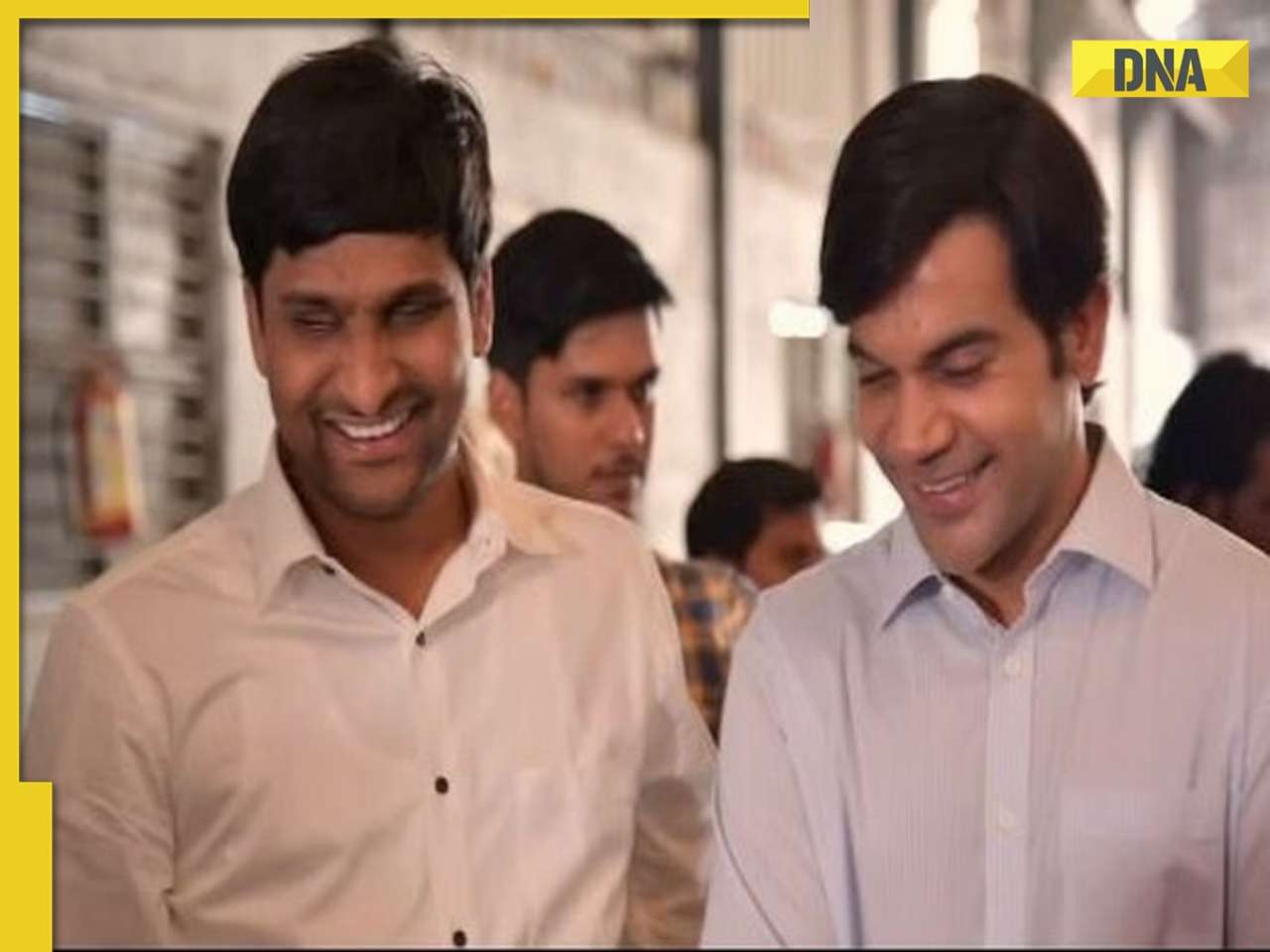















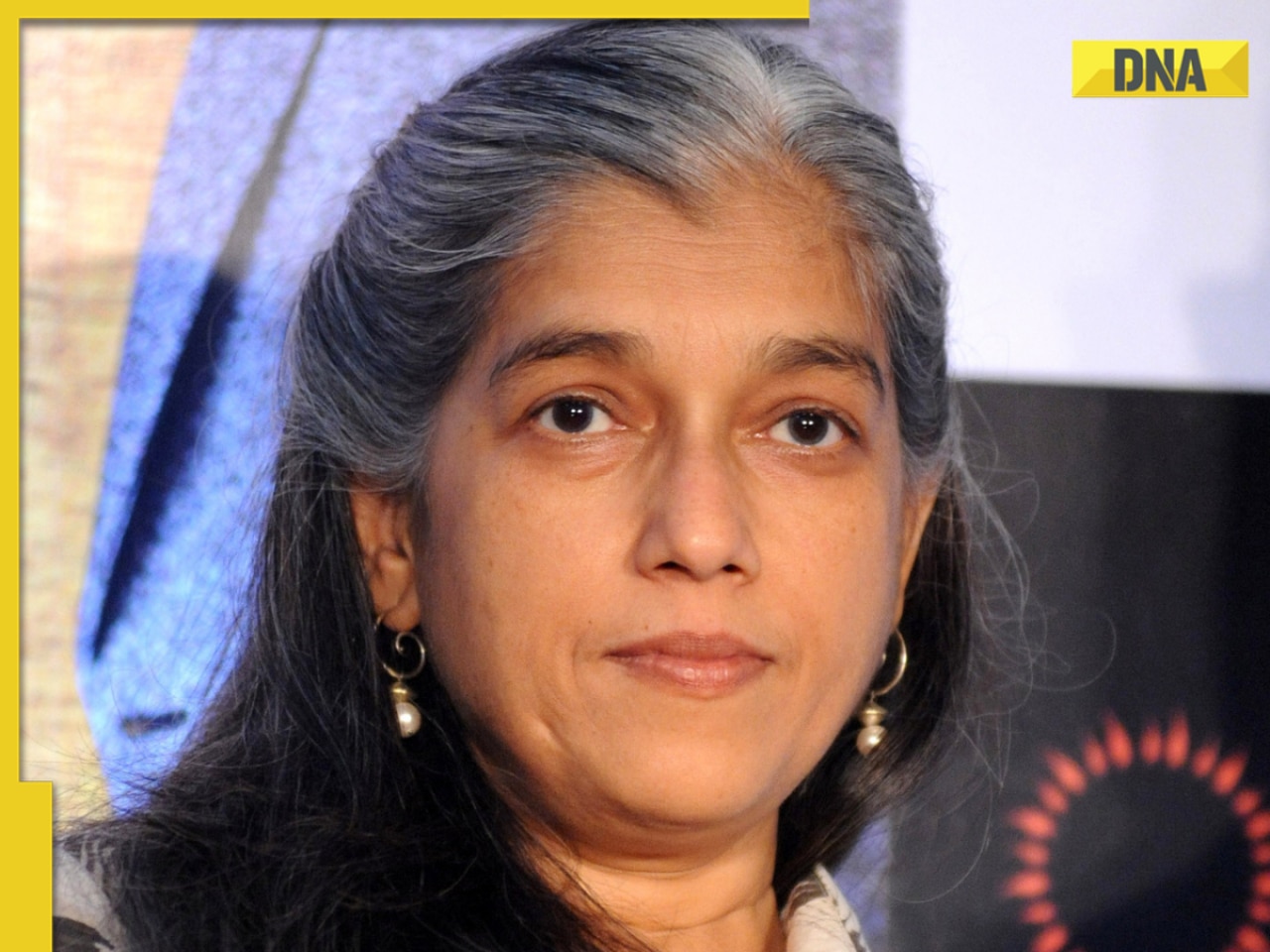
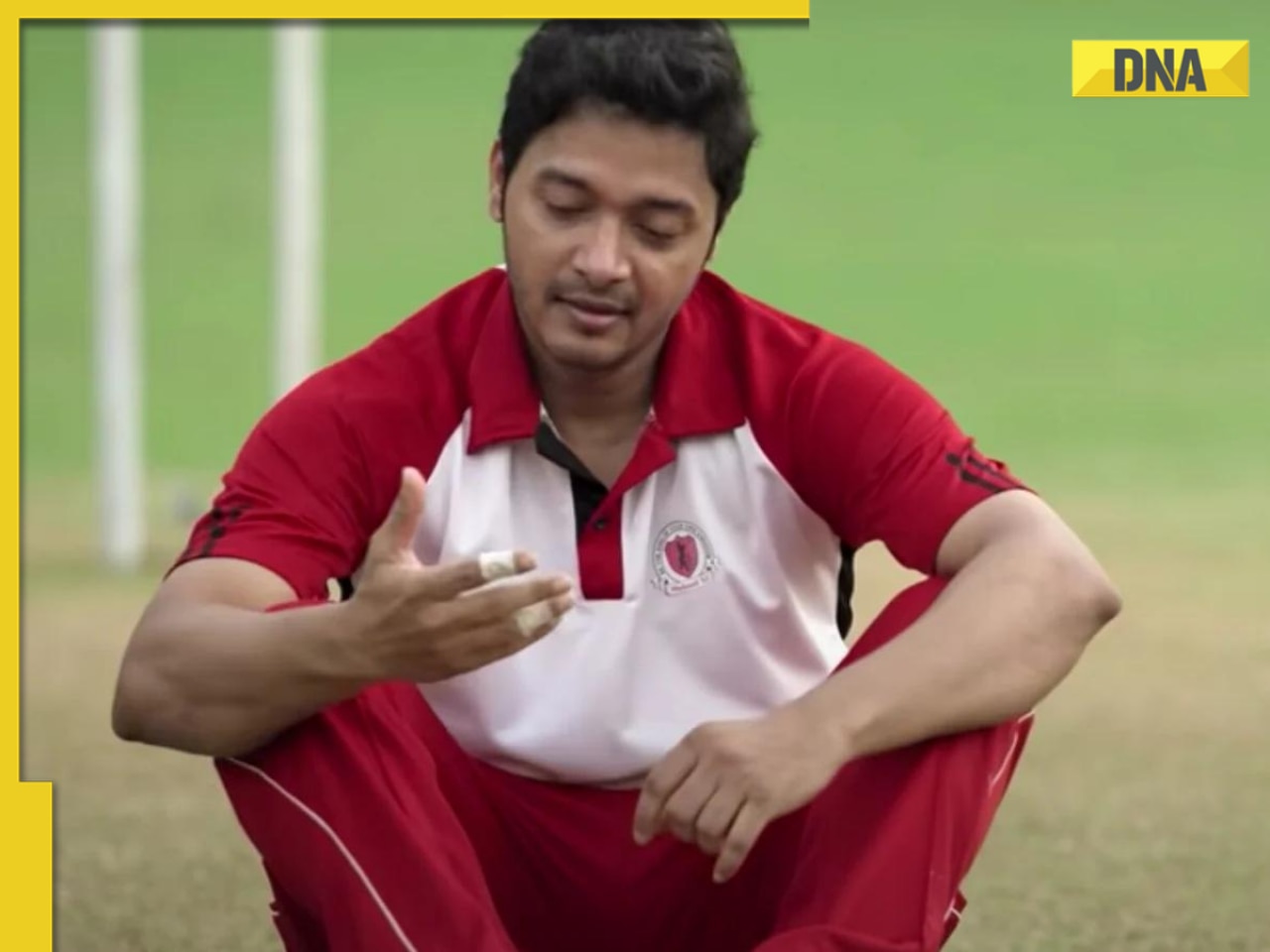


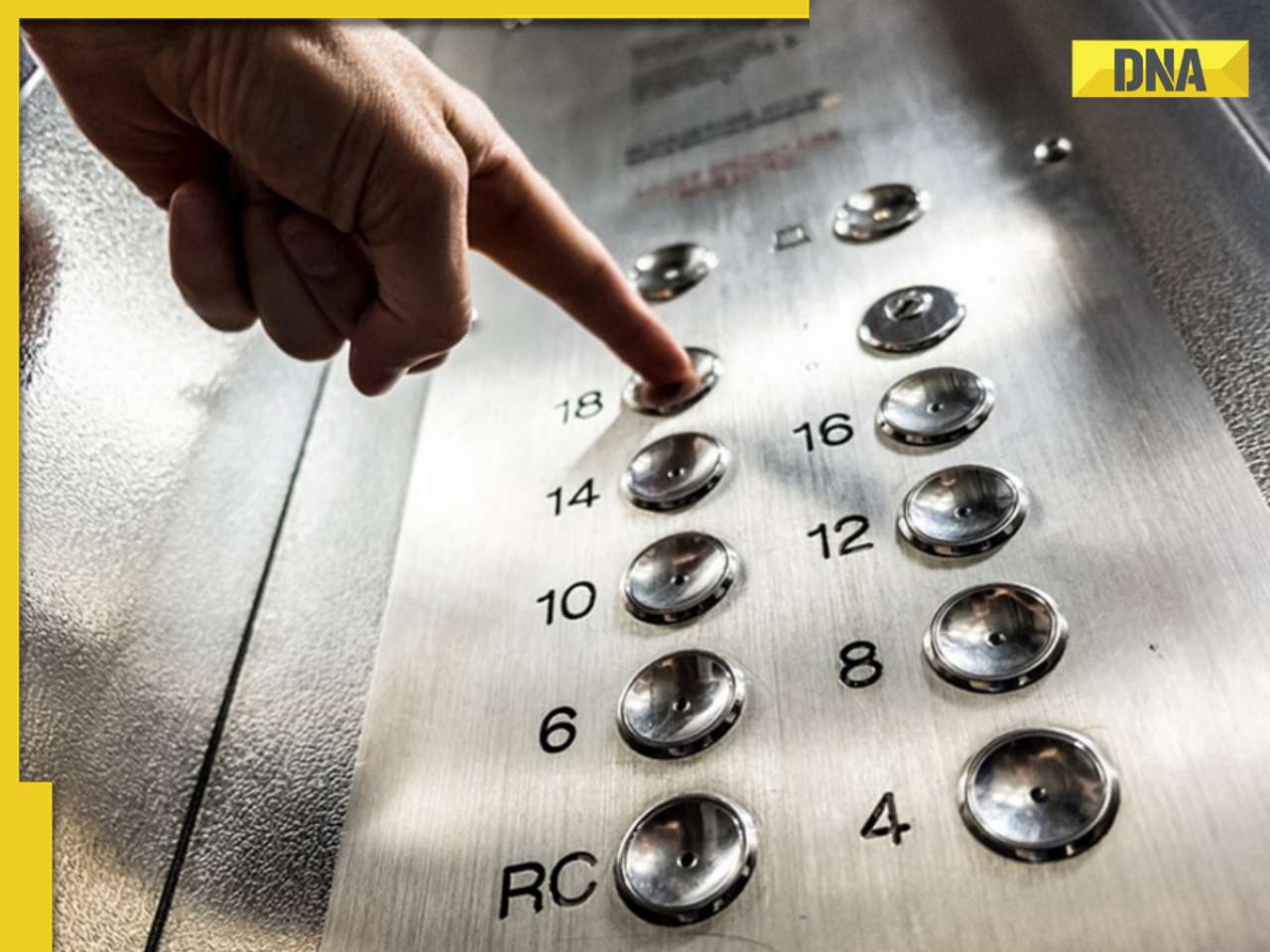


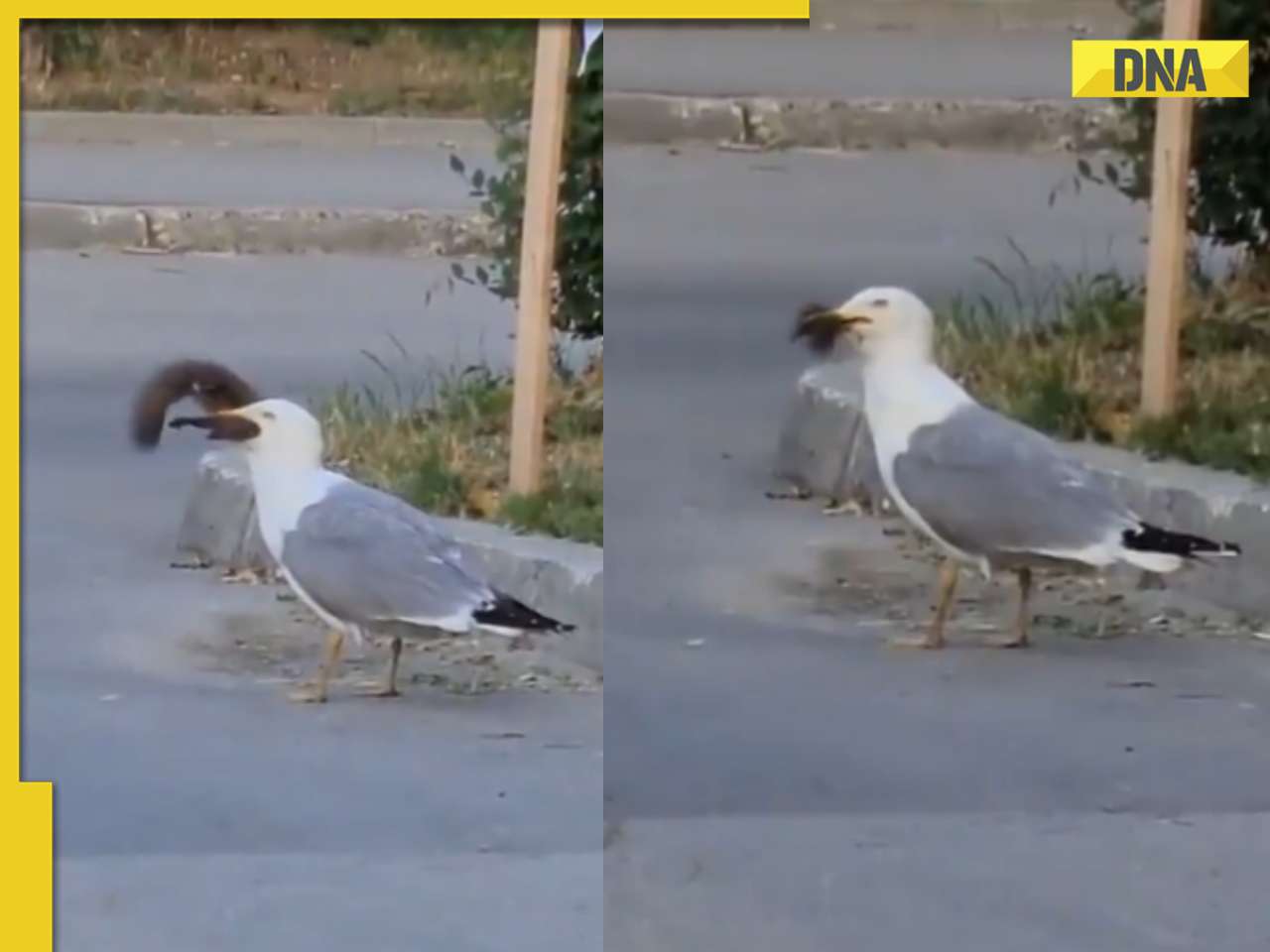

)

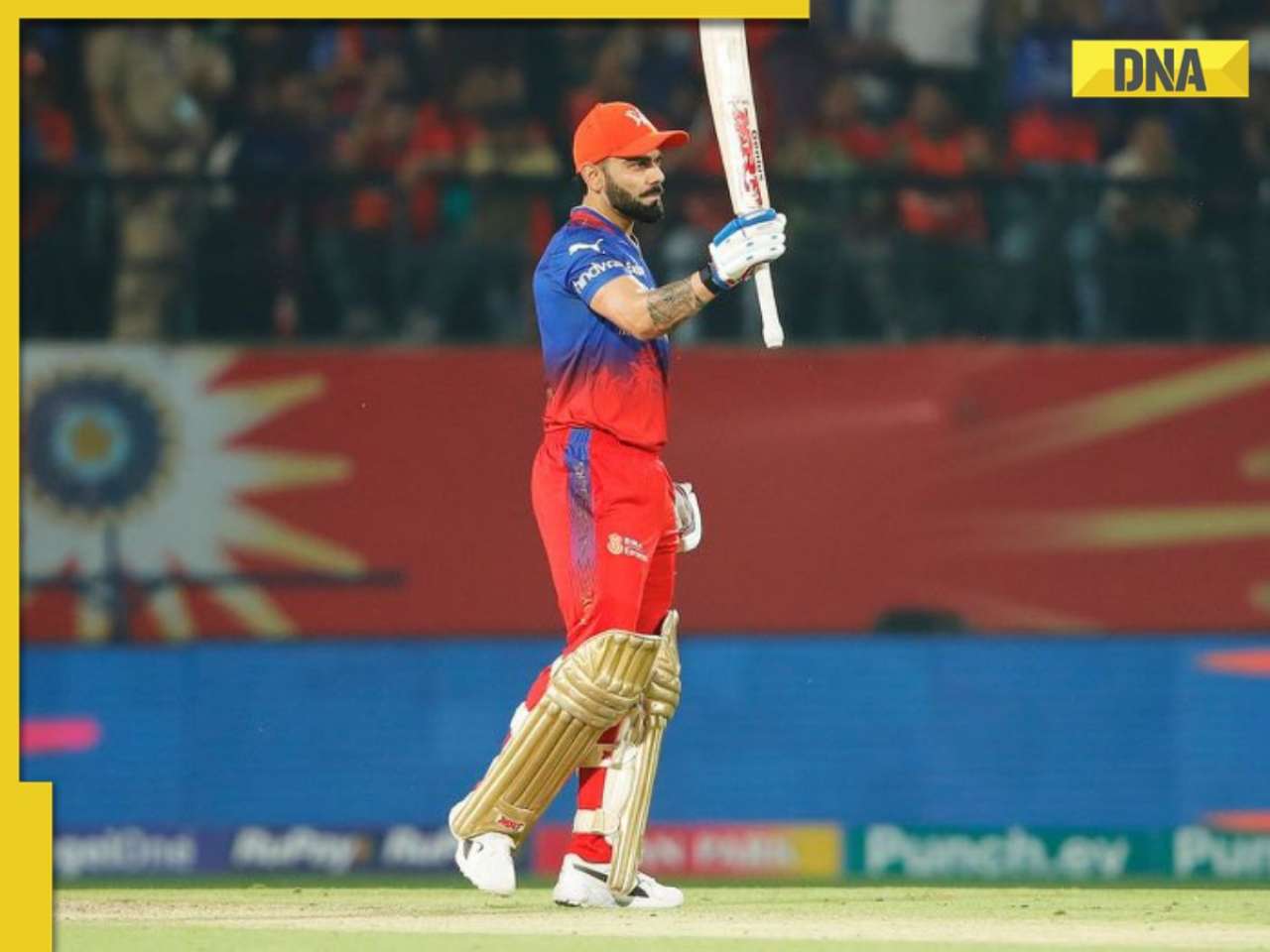
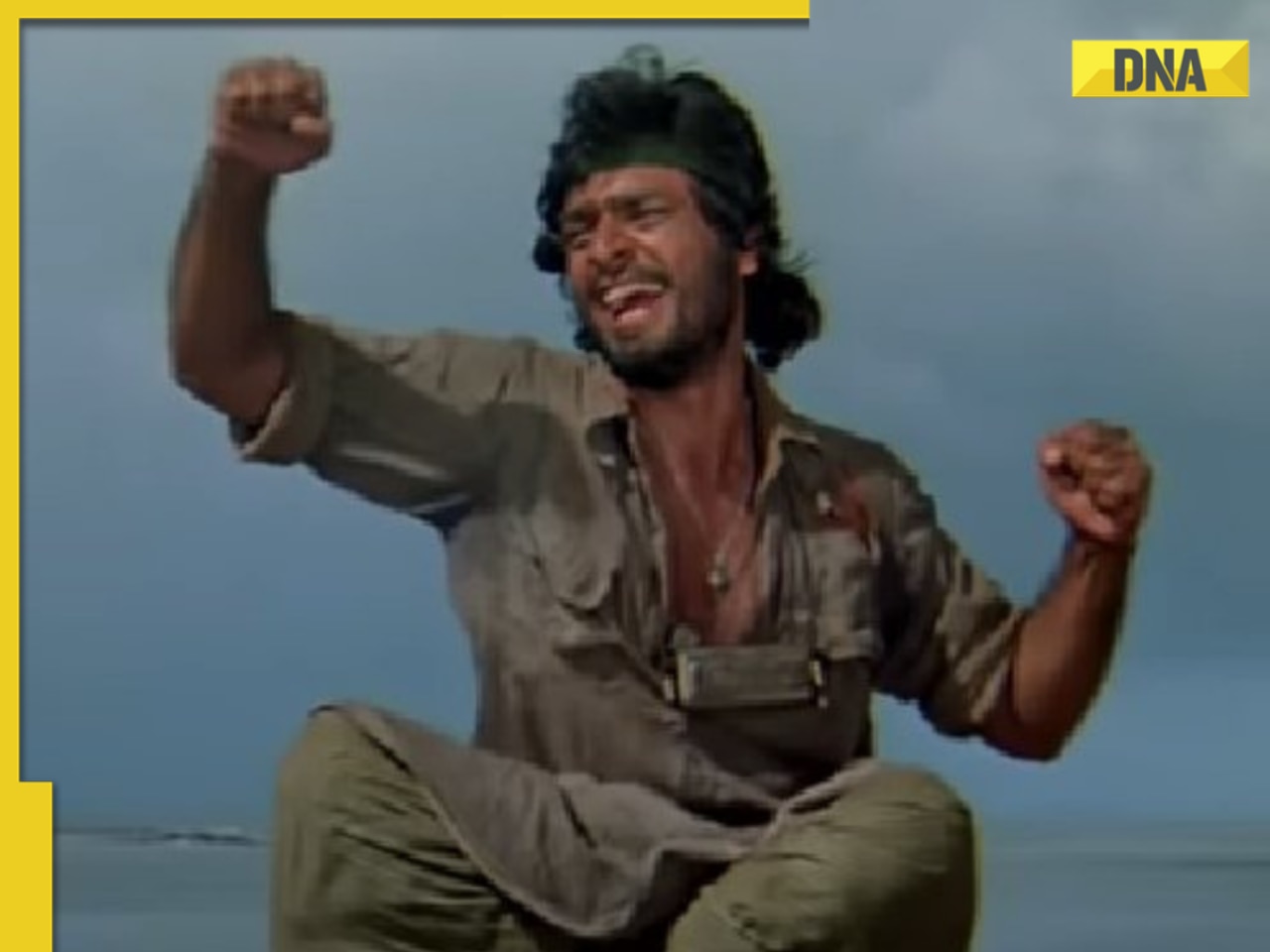

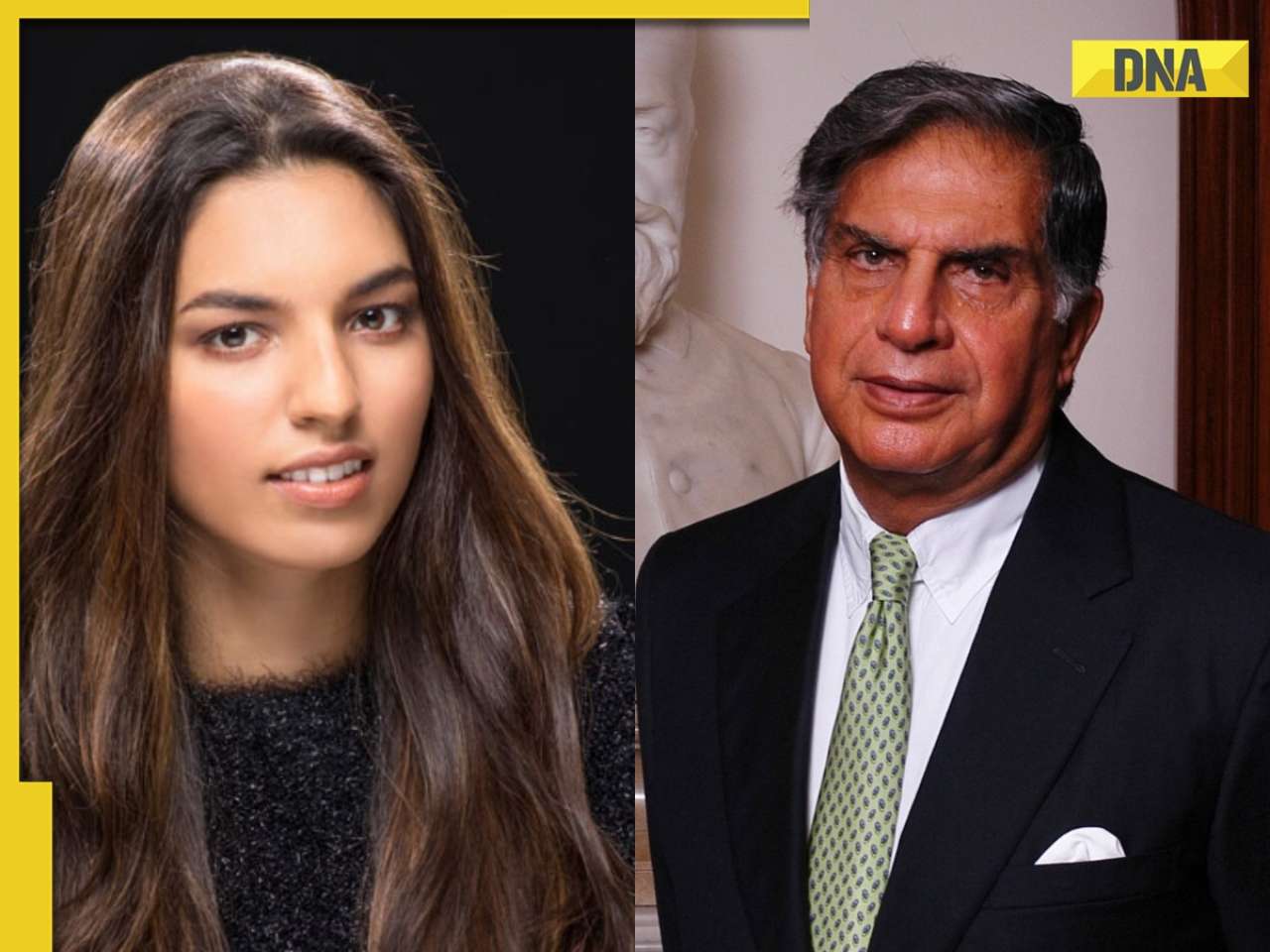










)
)
)
)
)
)